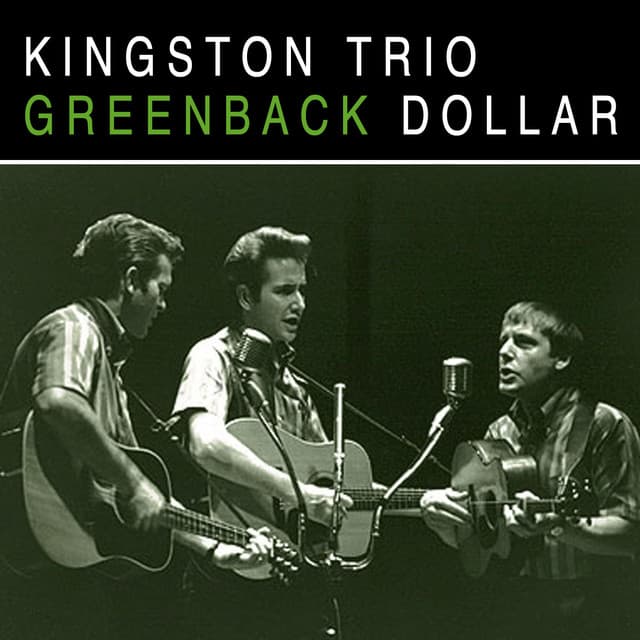
A Timeless Anthem to the Drifter’s Life, “Greenback Dollar” encapsulates a profound rejection of materialism.
In the vast, verdant landscape of American folk music, few groups loom as large or as influential as The Kingston Trio. Their sound, a masterful blend of polished harmonies and traditional folk stylings, wasn’t just popular; it was a cultural phenomenon. They took the raw, unadorned stories of America and wove them into a tapestry of melody and rhythm, introducing a generation to a genre they never knew they needed. And among their many timeless songs, one in particular stands out as a defiant anthem for the restless soul: “Greenback Dollar.”
Released in 1962 on the album “College Concert,” this song was more than just a track on an LP; it was a rallying cry for a new kind of freedom. While it didn’t achieve a massive global chart position, it was a solid performer in the United States, peaking at No. 21 on the Billboard Hot 100 and gaining significant airplay on pop and folk stations across the country. Its success was a testament to the song’s universal appeal and the group’s uncanny ability to connect with listeners on a deeply personal level. The song wasn’t just a hit; it was a cultural touchstone that encapsulated the spirit of a decade poised on the brink of change.
The true magic of “Greenback Dollar” lies not just in its performance but in its captivating origin story. The song was written by two titans of the folk world: Hoyt Axton and Ken Ramsey. Axton, a ramblin’ man himself, drew upon his own experiences and his mother’s, the legendary songwriter Mae Axton, who co-wrote Elvis’s smash hit “Heartbreak Hotel.” This pedigree is evident in the song’s aural landscape, a rich blend of traditional folk and an undercurrent of something new and bold.
At its core, “Greenback Dollar” is a poignant and defiant rejection of materialism. It tells the story of a man who willingly casts aside the trappings of wealth for a life of freedom and movement. The lyrics are simple yet profound, speaking to a universal desire to escape the rat race. The protagonist declares, “I don’t want your greenback dollar / I don’t want your gold.” He’d rather have the sun on his face, the wind at his back, and the open road stretching out before him. This message resonated deeply with a generation beginning to question the consumerist values of the post-war era. It was a song for the hitchhikers, the dreamers, and the poets who found more value in experiences than in possessions.
The song’s arrangement, a signature of The Kingston Trio, elevates the lyrics to a new emotional plane. The intricate banjo picking, the driving acoustic guitar, and the flawless harmonies create a sense of forward motion, of a journey just beginning. It’s a sound that evokes images of dusty roads, long train rides, and a life lived on one’s own terms. For those of us who were young in the early sixties, this song was a soundtrack to our own budding sense of wanderlust. It was a promise that there was more to life than a nine-to–five job and a picket fence. It was the sound of freedom itself.
“Greenback Dollar” is more than just a song; it’s a testament to the enduring power of the folk tradition. It’s a reminder that true wealth isn’t measured in dollars but in the richness of a life lived authentically. It’s a song that, even today, still feels as fresh and relevant as it did over sixty years ago, a timeless anthem for anyone who has ever felt the pull of the open road and the quiet rebellion of a simple life.